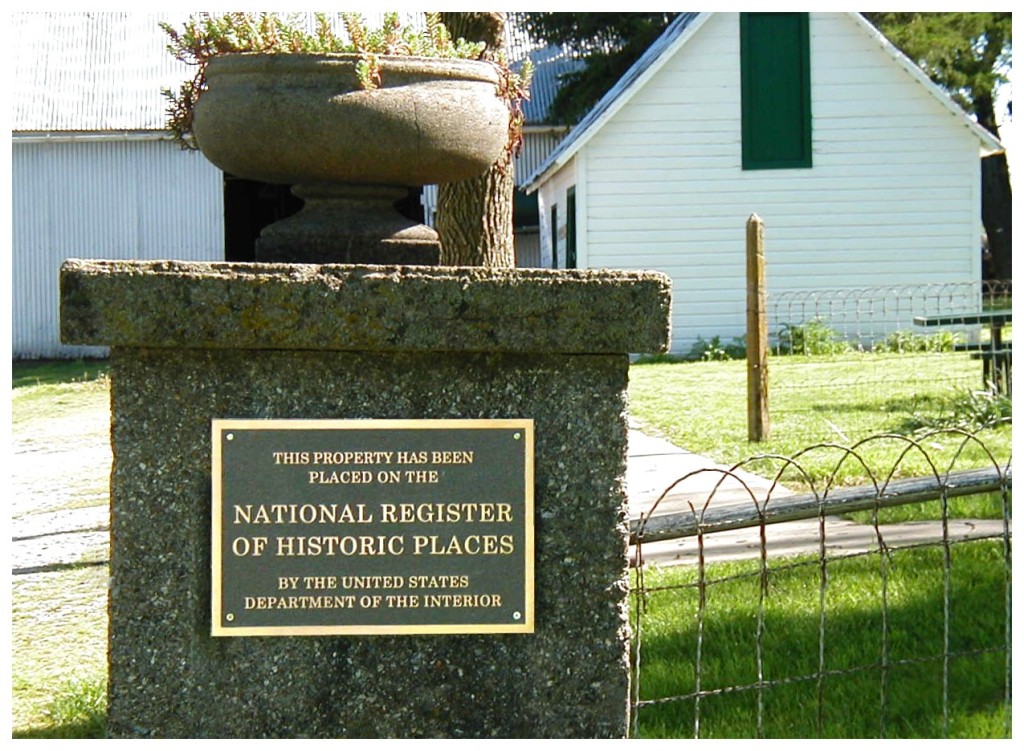The ENSOR PARK and MUSEUM
ENSORFEST ’24! Saturday, May 11, 1 PM – 7 PM.
Join us for Ensor Park and Museum’s largest community event of the year!
Hear bluegrass music by the Pheasant Pluckers. Record plants and animals on the Ensor farm in a Bioblitz. Take a tour of the Ensor farmhouse. Listen to the Chautauqua orators edify us about local history. See eye-catching quilts, Model A Fords, Corvettes, old tractors, fire engine, a 1911 Cushman engine, a corn-shelling machine, and more. Watch and listen to an on-the-air amateur radio station. Play the Maverick 2-hole disk-golf course. Enjoy a plate of BBQ from Smokey Hill BBQ. Find out more on the Ensorfest ’24 web page!
The Ensor Park and Museum is a museum located in Olathe, Kansas, near the southern edge of the Kansas City metro area. This National Historic Site was the home of Jacob and Ida Ensor (pronounced En-zer) and their two children, Marshall and Loretta. Visitors can enjoy an hour-long tour of the vintage 1890, memory-packed two-story farmhouse and an even older peg barn that showcase tools, farm equipment, radio transmitters and receivers, teaching materials, and beautiful hand-crafted objects that include rockers, tables, wine coolers, utensil racks, spinning wheels, an electric scoreboard (for a basketball court), needlework, bowls, coat trees, gavels, and much, much more.
An iconic 80-foot-high radio tower next to the farmhouse relates to special historic amateur radio work done over a span of 50 years during the lives of Marshall H. Ensor and his sister Loretta Ensor. One of Marshall’s essential characteristics was his lifelong interest in teaching others.
Marshall’s father, Jacob Ensor, introduced him to construction tools and methods while adding to and improving the family farmhouse and building and modifying the outbuildings. In high school Marshall excelled beyond others in the Manual Arts courses.
Marshall became an instructor of Manual Arts at the high school in Olathe, Kansas, in the fall of 1918, one year after his graduation in June of 1917. That job continued, interrupted only by college degree work and WWII, until his retirement from Olathe High School in 1965. His thousands of students benefited from the many courses that prepared them for the working world.
In 1929, Marshall responded to an appeal from the American Radio Relay League for amateur radio operators to use their radios to train people to become amateur radio operators. He began transmitting lessons on Morse Code, basic electrical concepts and circuits, and good radio operating practices. Every December he started a series of 50 or more one-hour lessons that continued six days per week until late January and sometimes early February. The only reason for a lesson to be cancelled was lightning near the Ensor Farm. He refined the material in his course each year, and in 1940 the lessons became the bedrock of his Master’s Thesis “Teaching Radio by Radio.” By 1939, an estimated 10,000 people had honed the skills needed to earn an amateur radio license, and many of these people went on to serve as radio operators or technical specialists in one of the branches of the US armed forces.
Because of Marshall’s extraordinarily effectiveness in teaching radio by radio, the ARRL nominated Marshall for the 1940 Wm. S. Paley Amateur Radio Award. The award recognized the individual who, through amateur radio, had contributed most usefully to the American people, either in research, technical development, or operating achievement. On June 2, 1941, Mr. Ensor received the 1940 Paley Award at a huge ceremony at the Waldorf Astoria Hotel Ballroom in New York City. The event, attended by many dignitaries, was broadcast live on CBS Radio. Loretta Ensor provided crucial support for the “Radio by Radio” lessons, as she was also a competent and licensed amateur radio operator. Loretta transmitted the lesson on any evening on which Marshall had late duties at the high school. The Columbia Broadcasting System recognized Loretta’s significant contribution to the success of the “Radio by Radio” lessons and arranged for her to accompany Marshall to New York and to be recognized during the Paley Award ceremony.
Marshall Ensor retired from teaching in 1965 and he and Loretta set out to arrange tools, radio gear, and handcrafted furnishings in attractive displays so that interested visitors might “take a trip to yesteryear” and see what farm life, a teaching career, and early amateur radio was like. Today you can still travel back in time at the ENSOR PARK & MUSEUM!
A short video biography of Marshall and Loretta Ensor:
This video was created by Larry Woodworth (WØHXS) and Steven Martin (KØSLM). It was featured in 2016 on episode #229 of Ham Nation.
Something to Read:
“Bit by the Bug at 10 Years Old“, by Jim Andera, K0NK. A member of the Sante Fe Trail Amateur Radio Club had the pleasure of helping a 10-yr-old boy develop an interest in amateur radio during the club’s annual ARRL Field Day event at the Ensor Park & Museum. Jim welcomed the youngster (whose name is also Jim) at the special operating position called “GOTA” (Get On The Air), which is used to introduce newcomers to amateur radio.
Read Museum Manager Larry Woodworth’s short story “The Big Kilowatt Beast” about the revival of W9BSP.
Recent Activities:
Thanks to all who attended “Ensorfest 23, Celebrating 100 years of amateur radio on the Ensor Farm” on August 12, 2023!
The historic Ensor Park & Museum!
 The museum is open every Saturday and Sunday, 1pm to 5pm, in May, June, September, and October.
The museum is open every Saturday and Sunday, 1pm to 5pm, in May, June, September, and October.
MEMO Amateur Radio Club
Support the Ensor Park & Museum by joining the Marshall Ensor Memorial Organization (MEMO) club. More information here…
Olathe Ensor Foundation
Please consider donating to the Olathe Ensor Foundation to help support the museum!

